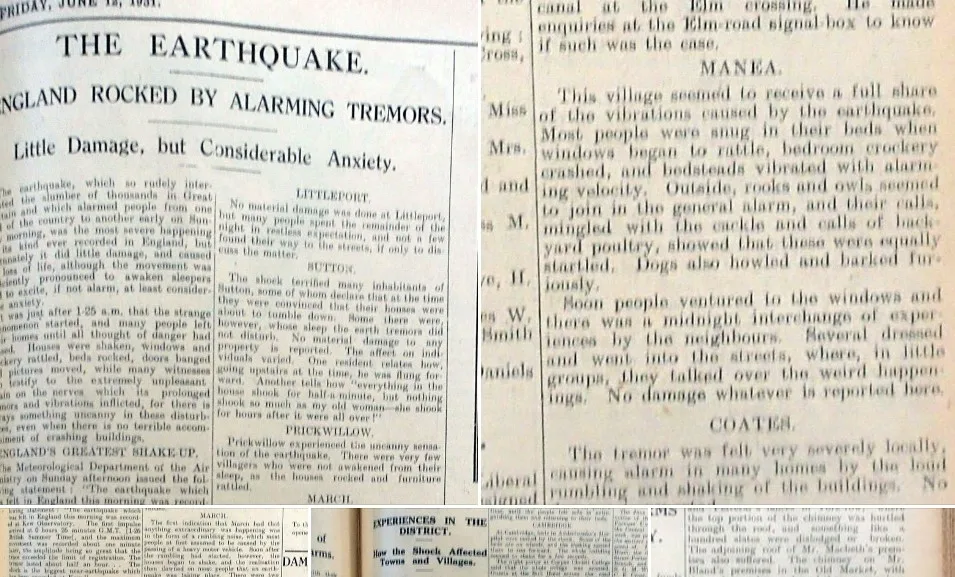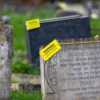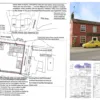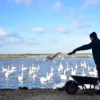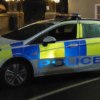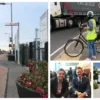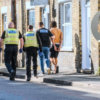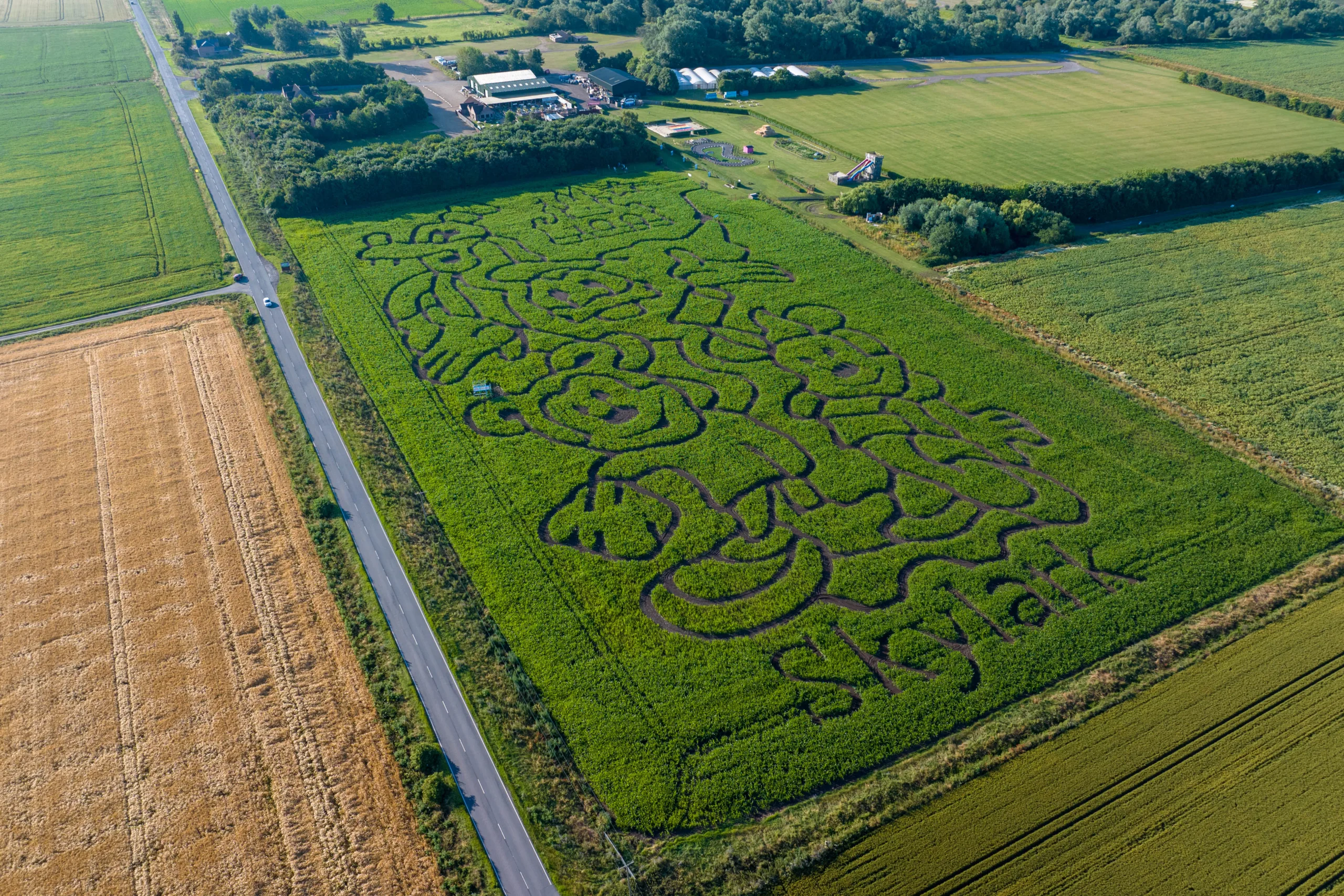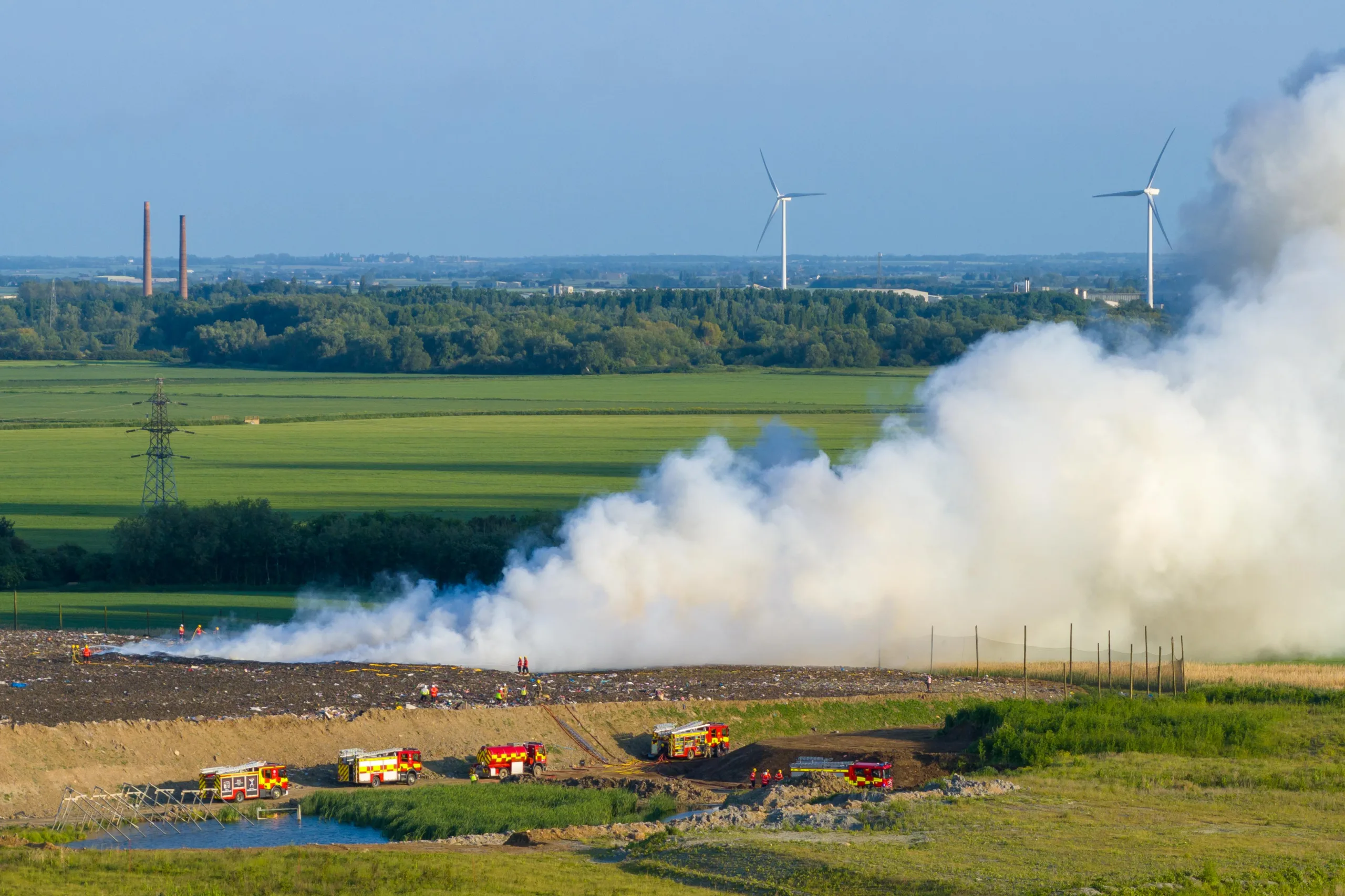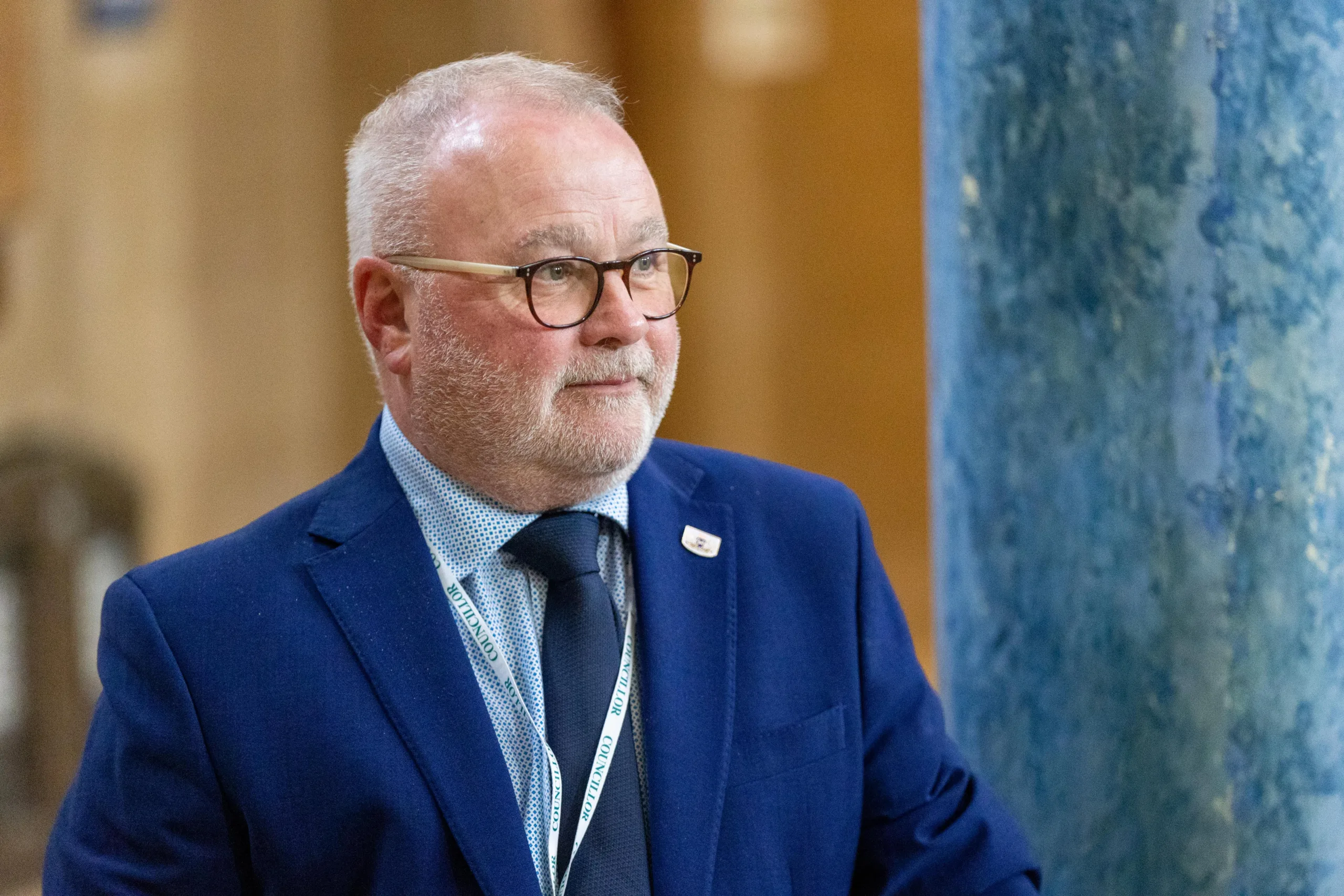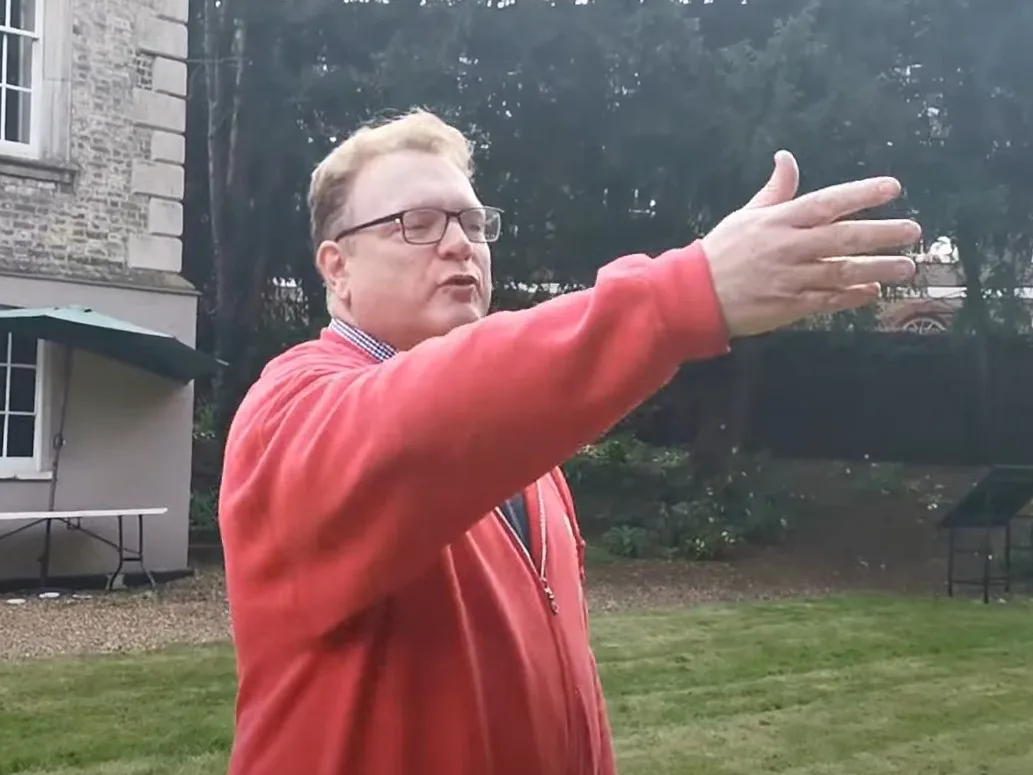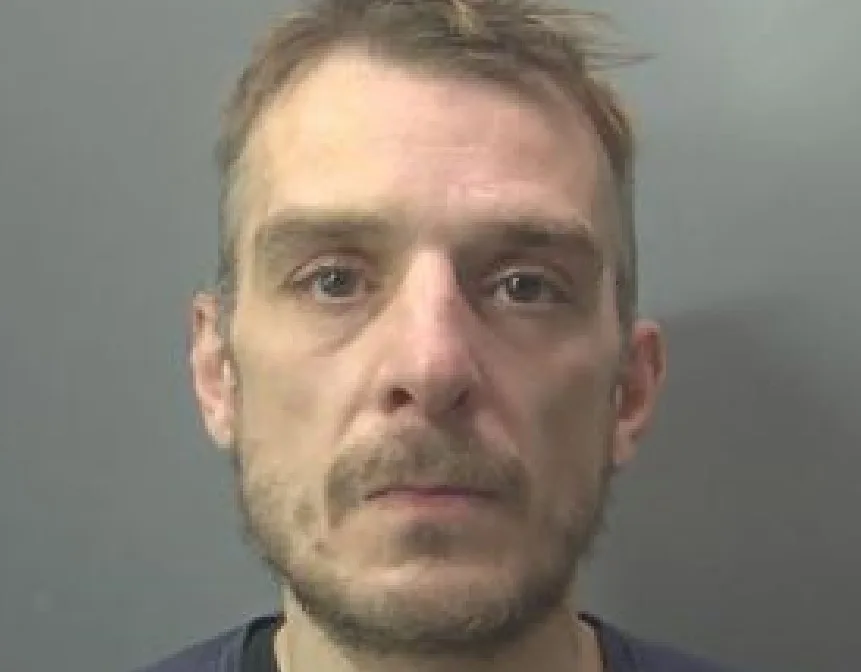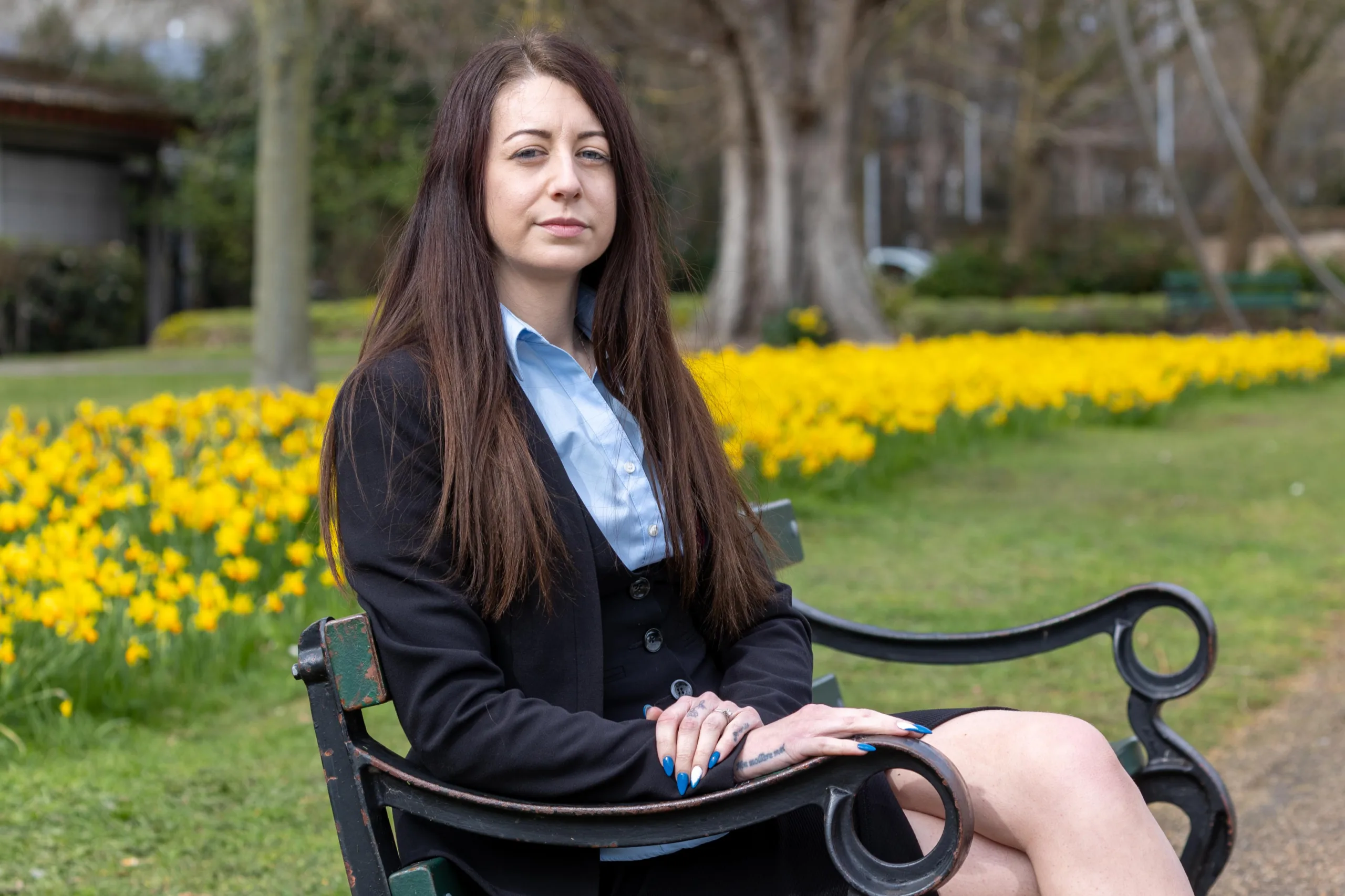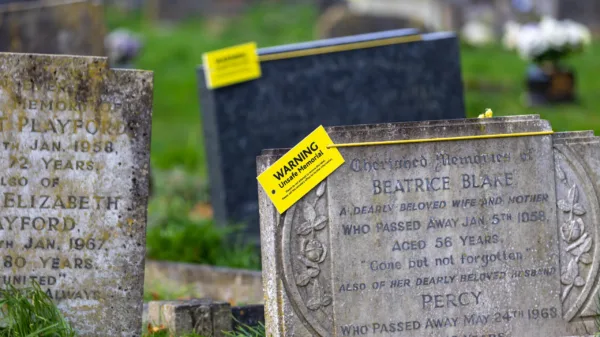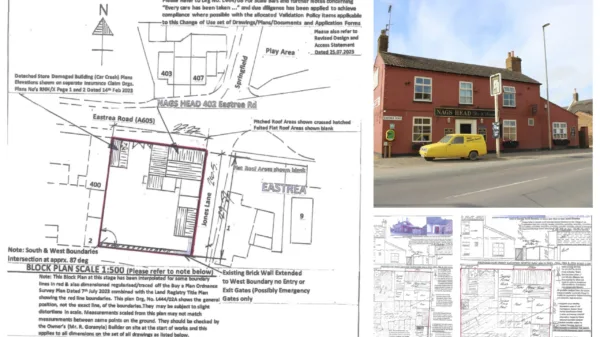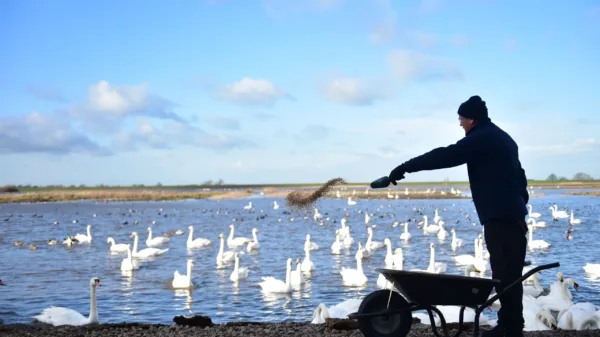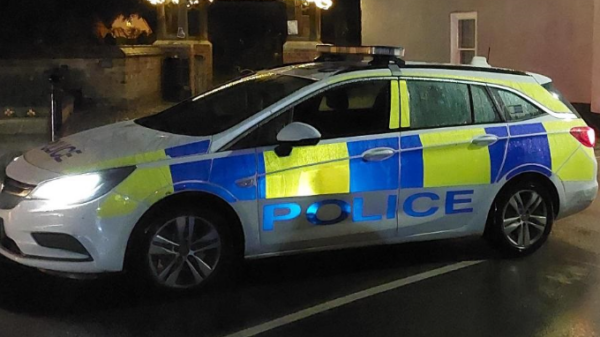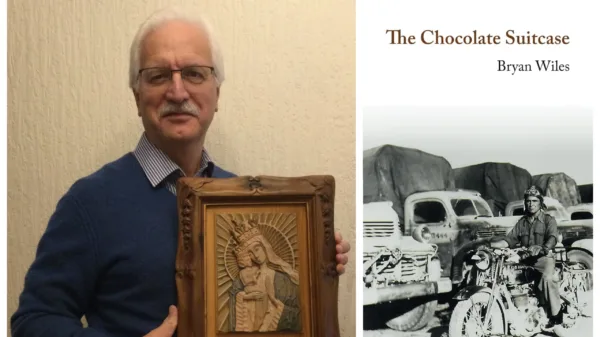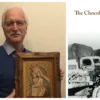Earthquakes such as those which are making headlines in February 2023 have made the news over the centuries
Ancient chronicles record a great earthquake in England in 974 with others in 1048 and 1075.
This was followed in August 1089 by a tremendous earthquake all over England which made the buildings jump up and settled down again.

In the 20th century local newspapers played their part in reporting on earthquakes. RESEARCH: Mike Petty
There were others in 1133 and 1165 which was concentrated on East Anglia, knocked a man down and caused the church bells to ring. More followed in 1231and 1343.
There were two in 1750, one in August the other September, the first of which passed over whole breadth of the fens near Ely, whilst Cambridge felt the shock in 1896.
Two more recent earthquakes came in August 1926 when shocks of unusual severity were felt on a Sunday morning.
In Cambridge people were awakened by the rattle of windows, crockery and furniture and residents of a house in West Road were aroused from sleep by the oscillation of their beds while a lofty wardrobe continued to shake and its contents to rattle for some time.
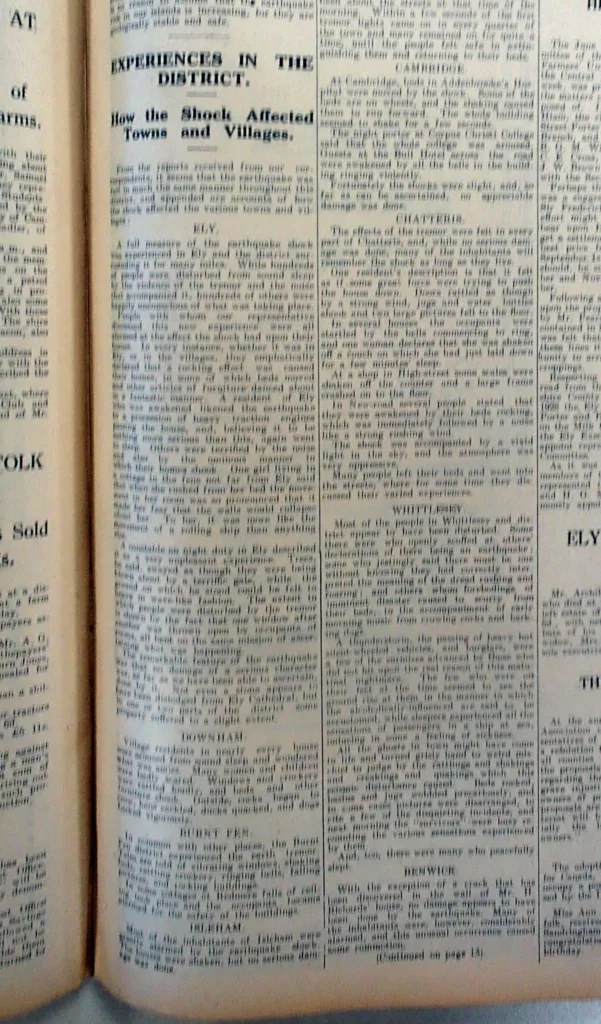
In the 20th century local newspapers played their part in reporting on earthquakes. RESEARCH: Mike Petty
Railwaymen on night duty said the telegraph poles rattled and the windows of signal cabins shook. Several residents of Huntingdon felt three tremors.
Then in June 1931 Fenland was shaken from end to end.
It was a strange day in Wisbech with brilliant sunshine followed by a terrific hailstorm, the heaviest in living memory.
Then in the dead of night people in the town were awakened by the rumbling of what sounded like heavy traffic passing along the streets and the sound of crashing crockery and falling pictures.
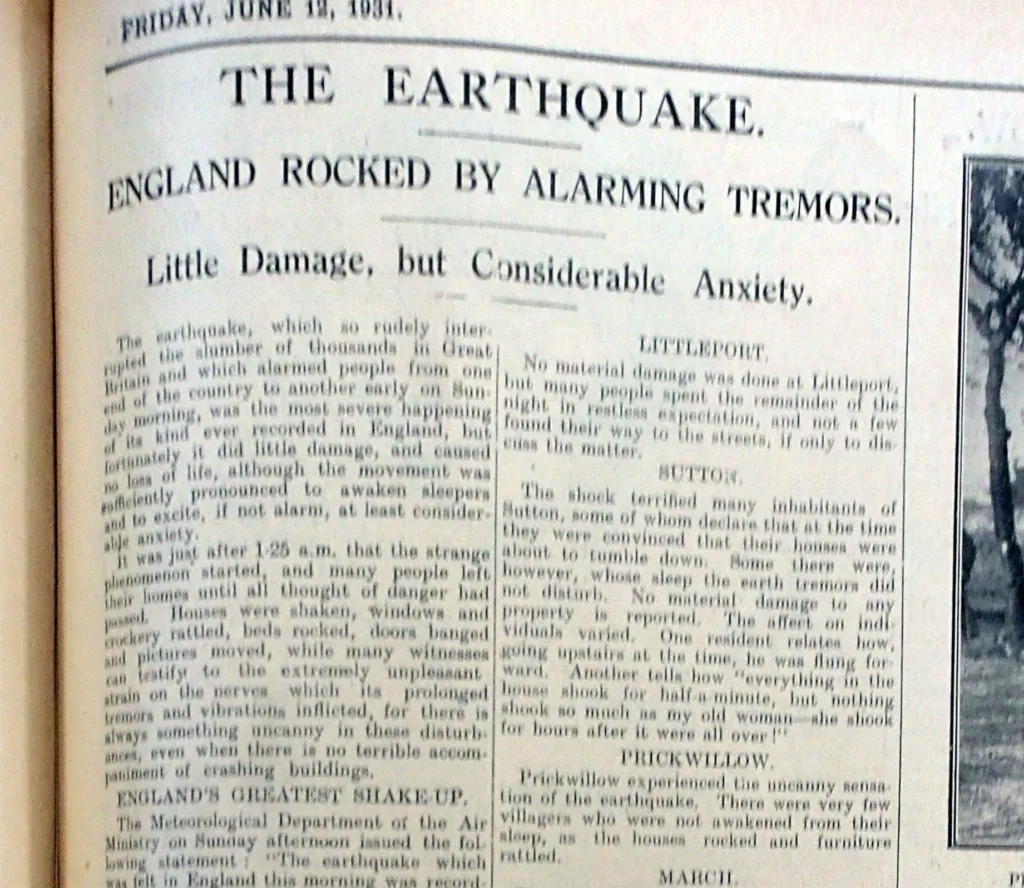
In the 20th century local newspapers played their part in reporting on earthquakes. RESEARCH: Mike Petty
Kings Lynn felt the tremor, which left pictures swaying and caused the roof of Barnard’s fruit shop in High Street to collapse. Many people left their home in night attire and the roads were alive with affrighted residents.
At St Ives, many people were so terrified they sought refuge on the Market Hill and could not be induced to return to bed.
The rattling of windows, ornaments and beds was accompanied by a deafening sound, as slates, bricks and pieces of mortar clattered to the ground, and at Mr A.E. Smith’s house in the Broadway tiles fell with such rapidity that the noise was likened to machine-gun fire.
The complete side of one chimney stack collapsed on the Market Hill and the bricks fell through the roof of disused offices below and into a bedroom, so frightening a young girl, Miss Cannon, that her parents had difficulty pacifying her.
Bricks from the chimney of The George Inn, Bridge Street crashed to the footpath leaving a deep imprint, though John Brundell, who resided at the Globe, slept peacefully through it all. Other resident claimed to have heard the railway trucks in the sidings buffeted one against the other
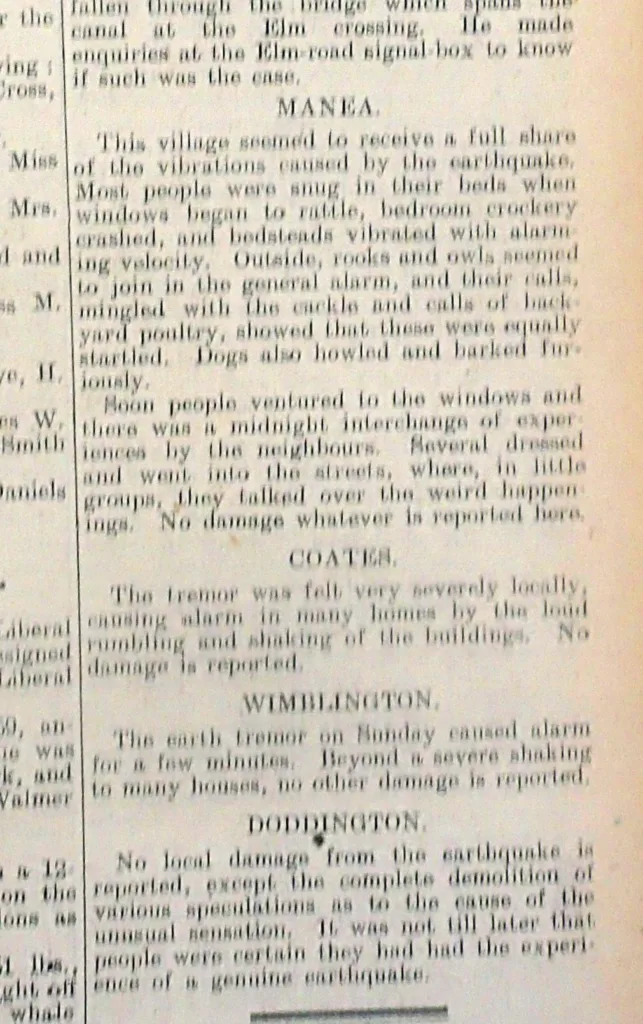
In the 20th century local newspapers played their part in reporting on earthquakes. RESEARCH: Mike Petty
Inspector Evans of Arrington had been on late duty and was awaken by a violent shaking; he thought somebody was trying to break in so he struck a match and saw the dressing table dancing about.
At Comberton ten rows of slates fell off one house and a washstand was completely overturned and the ornaments damaged.
In Cambridge it was a very gentle earthquake according to the reporter’s prose: “suddenly in the silence of a calm and tranquil night there came a mysterious, slow, oscillatory motion, quickening and increasing in intensity.
It seemed as if a giant hand had seized the bed and was shaking it, gently but with irresistible might”.
Dr Balfour Gourlay of Millington Road had been reading in a downstairs arm-chair when he was aware of gentle swaying movements at about twenty-past one in the morning. He had experienced other earthquakes in South America and knew what it was.
H.C. Webb of Oakington timed the quake as lasting about 50 seconds and checked his clock by wireless time signal to confirm that it struck at 1.25 am. Mr L.W. Jones of King Street, Cambridge, was a wireless expert on the staff of Pye Radio and had a transmitting apparatus on the premises.
Working only in the dim light from his valves he was amazed to feel the whole house, an old structure, tremble and shake. The walls quivered and the old stairs creaked. The apparatus on the large bench covered with ‘gadgets’ began to jump and a large dry battery, weighing six pounds, was thrown off the table.
At Queens’ College the tremor caused the great bell to ring and at Addenbrooke's Hospital some of the beds on wheels rolled forward and night staff feared that some of the extensive structure alterations, then taking place, had collapsed.
The Ely Standard of 12th June 1931 reported the impact locally
An earthquake, the most severe of its kind ever recorded in England, did little damage; houses were shaken, windows and crockery rattled, beds rocked, doors banged, and pictures moved about.
The centre was in the North Sea, and the effect was more severe and we felt in the towns on the Eastern Seaboard. Many people spent the remainder of the night in restless expectation and not a few found their way to the streets to discuss the matter.
The shock terrified many inhabitants of Sutton many some of whom were convinced their houses were about to tumble down.
One tells how everything in the house shook for half a minute. “But nothing shook so much as my old woman. She shook for hours after it were all over”.
Prickwillow experienced the uncanny sensation of the earthquake. There were few villagers who were not awakened from their sleep as their houses rocked and furniture rattled.
The first indication at March was in the form of a rumbling noise. Then houses began to shake and the realisation dawned that an earthquake was taking place. There were two distinct tremors.
The first was very violent and the second not quite so severe. Little damage was done with the exception of a few loosened chimney pots and slight falls of ceilings.
A graphic account of the shock is given by a Police Constable who was on duty in Broad Street at 1:25am. He says the tremor passed over the town like a wave and seem to come from the direction of the Fountain along Broad Street and up high Street and the whole of the buildings in Broad Street began to rock and shake.
The tower of the Town Clock shook violently and while the town was in the throes of the tremors the bell rang incessantly. Just as suddenly as it appeared, it went away and except for the noise of dogs barking, hens crackling and people walking about the streets, all was once again quiet.
The area of West End and Nene Parade, along by the river bank seem to have been the worst affected. Down Nene Parade where several slips had recently occurred in the riverbank many people thought there had been a serious substance in the bank and rushed from their homes expecting to find water gaping at the foot of their front doors.
Seldom has the town been so awake at such an hour and seldom have more people been about the streets at that time of the morning.
Within a few seconds of the tremor lights came on in every quarter, and many remained on for quite a time until the people felt safe in returning to their beds. Officials on duty at the Post Office had quite a busy time with telephone people telephoning to relatives, inquiring as to how they had survived the shock.
A resident of Ely likened the earthquake to a procession of heavy traction engines passing his house. One girl living in a cottage in the Fens, said when she rushed from her bed the movement in the room was so pronounced that it made her fear that the walls would collapse about her. A Constable said trees swayed as though they were being blown by a terrific game.
At Downham residents in nearly every house were disturbed from sound sleep. Windows and crockery rattled. In some cottages at Redmere falls of ceilings took place; the occupants were alarmed for the safety of the buildings.
At Chatteris doors rattled, jugs and water butts shook and two large pictures fell to the floor in one house. One woman said she was shaken off her couch on which she had just laid down for a few moments sleep. The shock was accompanied by a vivid light in the sky and the atmosphere was very impressive.
A Gorefield motorcyclist claimed that the road heaved like the swell of the sea and only with difficulty could he keep on his bike while the signalman at Emneth heard the noise and thought the mail train must have fallen through the bridge over the canal at Elm crossing.
At Benwick with the exception of a crack which has been discovered in the walls of Mr. H. Richards’ house, no damage appears to have been done. Many of the inhabitants were considerably enlarged. Alarmed.
Most people in Whittlesey were disturbed. All the ghosts in town might have come to life and turned grizzly hand to weird mischief to judge by the rattling and shakings and squeaking and creaking which the disturbance caused.
All this of course is nothing compared to the headlines of February 2023.
ABOUT THE AUTHOR
In 1964 Mike Petty discovered tucked away in a back room of Cambridge Library a collection of books, newspapers, maps, illustrations, and ephemera on Cambridgeshire. It had been carefully collected for 110 years – but nobody had had the chance to sort it.
Over the next 30 years Mike transformed it into the Cambridgeshire Collection, taking it into a separate suite in the new Central Library in Lion Yard. Over that time he became the most widely acknowledged authority on Cambridge and the fenland building up unique knowledge of resources which he continues to share through regular lectures to groups and societies.
His wide experience in assisting thousands of enquirers for over 50 years and unrivalled knowledge of published material – books, newspapers, illustrations, maps etc – combine to provide a unique service for those investigating any aspect of the area, past or present. More details are contained on his website – www.mikepetty.org.uk

